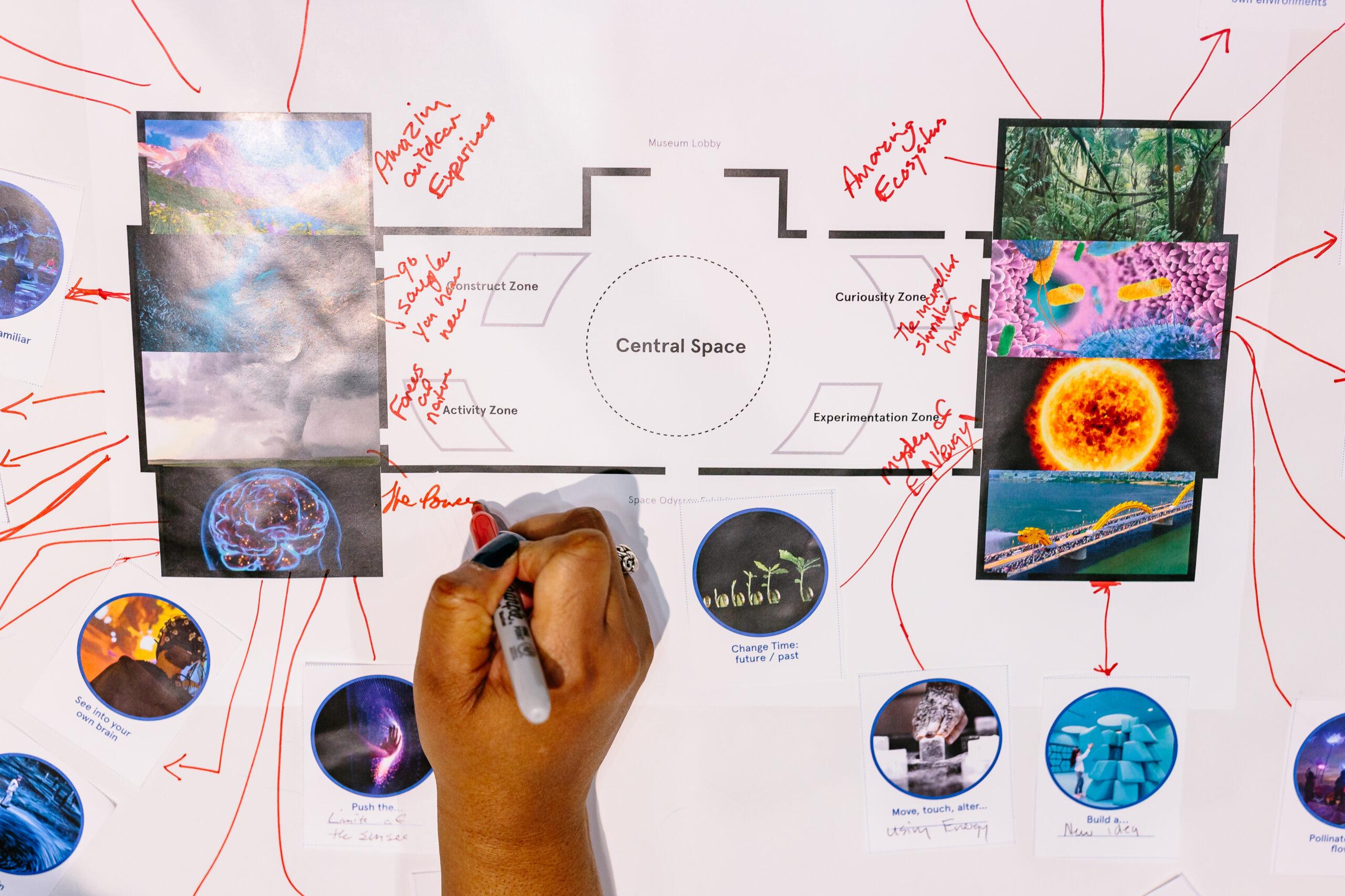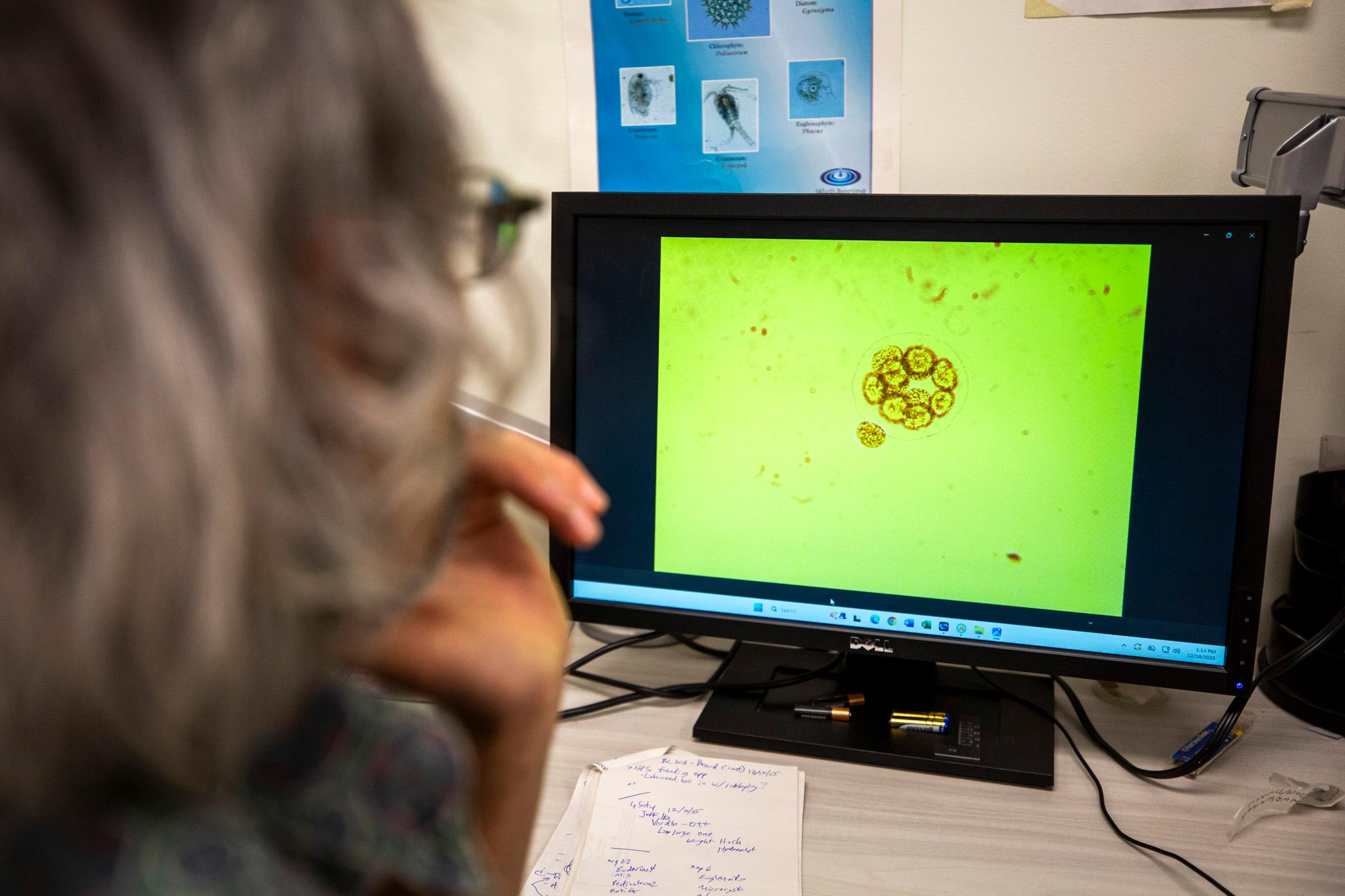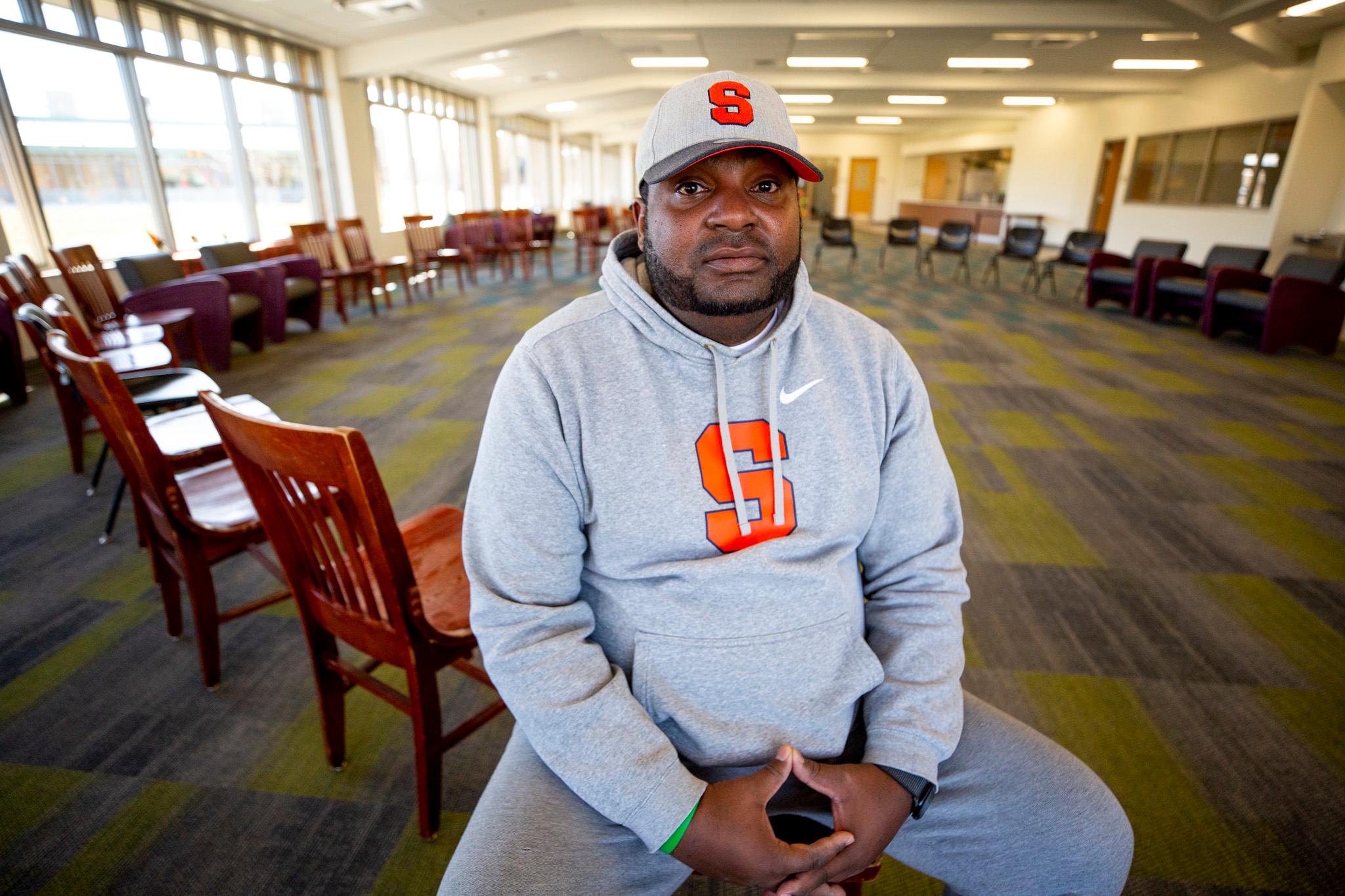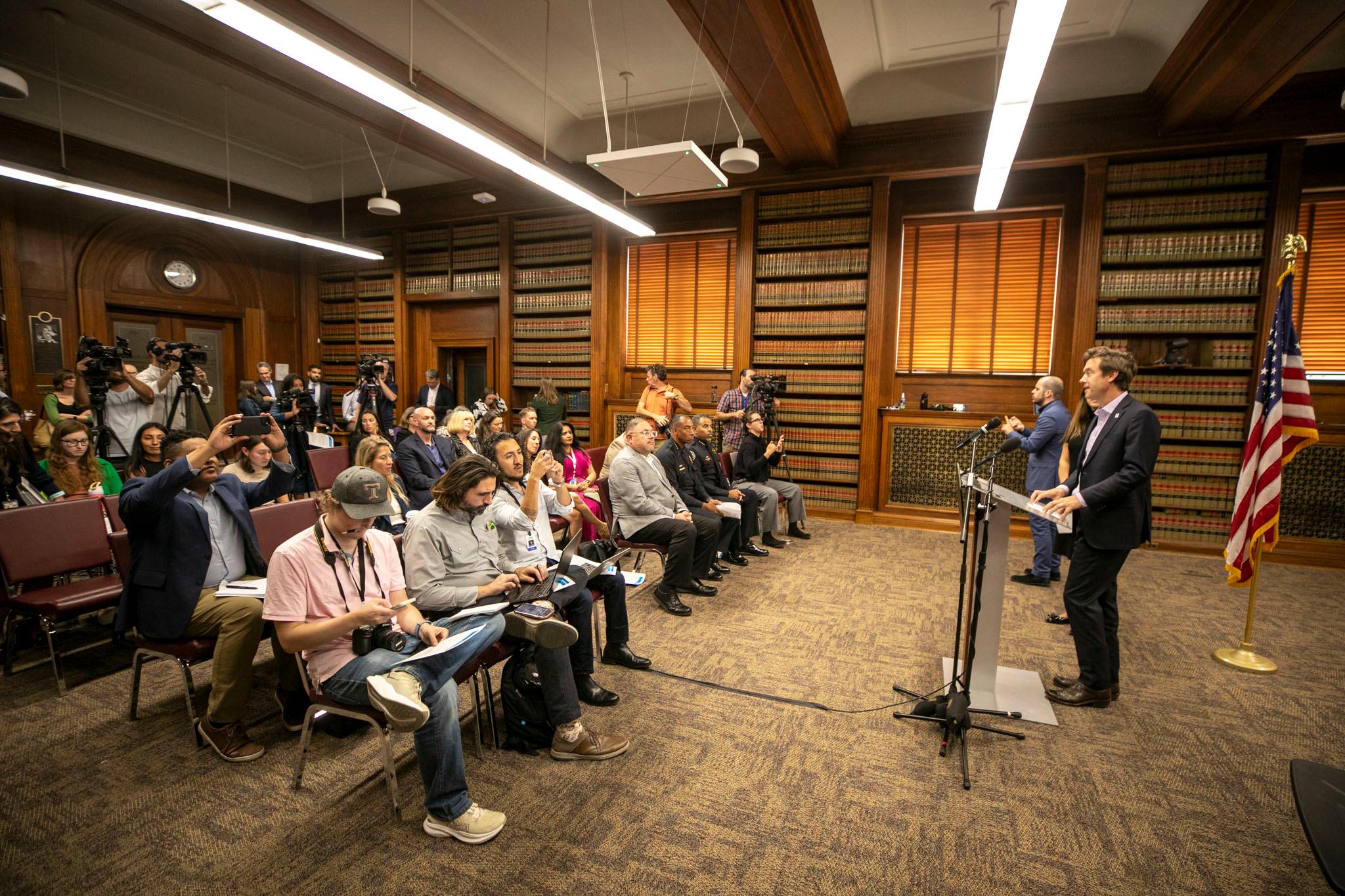Over the last few years, The Denver Museum of Nature and Science has been working to build a foundation in community engagement. In 2016, the museum started the "Community Collaboration Project." The idea was to come to a better understanding of what community members were interested in, how they engage with the museum, and how they engage with the natural world. In doing so, the DMNS might better understand how to appropriately change the ethos of the museum to meet community needs.
"Museums should be there for the community. It's not the other way around," said Jodi Schoemer, the DMNS's Director of Experiences and Partnerships. Schoemer said if consumers feel that a museum's programming is not intended for them, then that museum is failing. "The world continues to change around us. And we need to change with the world."
Through the Community Collaboration Project, the DMNS asked community members questions like, "How do you approach nature and science in your daily life?" From those interactions, the museum established common themes and values to help guide the way they cater experiences to consumers. In 2017, the DMNS held a summit to "truth-check" everything they discerned from those meetings, inviting everyone they'd spoken to through the project to confirm that those themes and values were really in line with what community members told them. They also developed a core team of community connectors -- individuals who are intimately connected to their local communities -- to stay plugged into what communities valued, and to make sure their ideas were being accurately represented.
Now, the DMNS is taking a step further. The museum is inviting the community to help redesign 20,000 square feet of exhibition space on the museum's first floor. The idea is to sustainably and authentically create an experience that would be meaningful for all of the museums' guests, improving diversity of the people who connect with the museum and who contribute to ideas about how we understand our natural world.
"We have found over the years that the more community is involved in helping us figure out what we offer, the better what we offer is," Schoemer said.
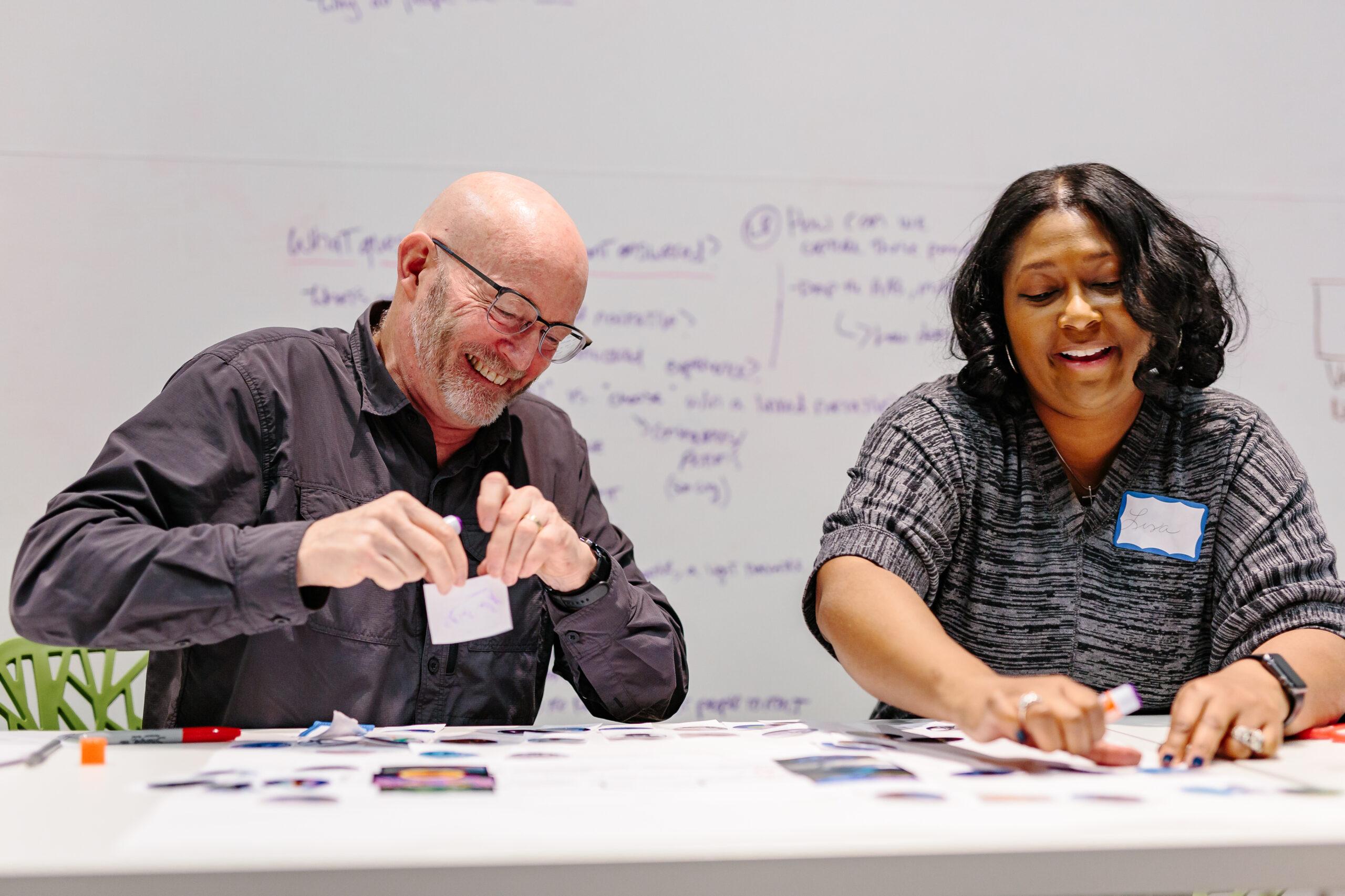
She says natural history museums have a centuries-old heritage of being "elitist" and "highbrow," propagating the idea that the sciences are only available to a few -- to people with the leisure and funds to learn. She says the DMNS is working not to forget its heritage, but to change and to move forward: to create a museum for everyone.
"In a world that has interconnectedness between politics and economics, between quality of living and science, between nature and health, science can be accessible, and should be accessible," Schoemer said. "We know we have a long ways yet to go. But this is one of those steps along a very long journey of changing to be a museum that is for and by the community."
That's why the upcoming first-floor redesign has been given the placeholder name, "Future First."
"We're aiming towards the future of the museum, looking at natural history, not in the rear view, but looking at science and nature in the contemporary, and in the future," Schoemer said.

Starting before the pandemic, over several months of in-person and online meetings, the DMNS representatives went all over the metro area, asking community members, "What do you want to see in a museum?" They went to community events and to public spaces, laid out butcher paper and invited people to write down answers to that question. They set white boards up in the museum main hall to encourage their patrons to provide input. They also worked with the DMNS's community partners -- groups like Broncos Boys and Girls Club, Christ Lutheran Church and Jewish Community Center -- to reach more communities in and around Denver, and have solid relationships with other arts and culture organizations like Museo de las Americas to get to word out.
Maritza Hernandez-Bravo, the research associate in charge of coordinating the DMNS's engagement and outreach efforts, said they've received about 3,300 responses to that first question, both from in-person meetings before the pandemic and from online survey responses.
"It really does make a difference, going to where community's at, and meeting where community's at, and trying to make it as easy and accessible as possible," Hernandez-Bravo said.
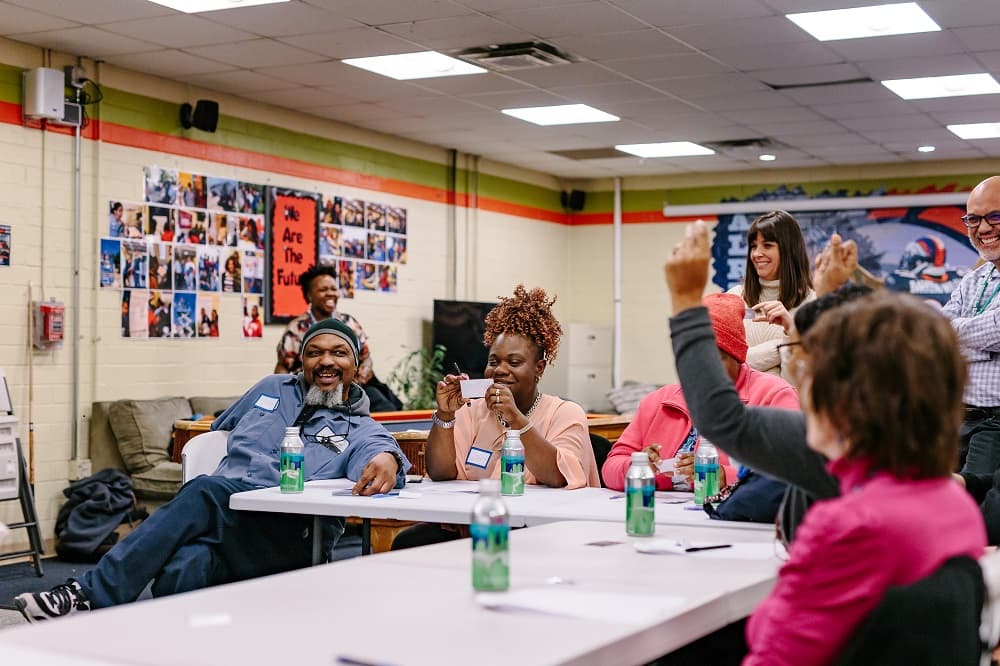
The DMNS put together a list of themes that emerged from those responses. From there, the Future First team put together sessions to determine how people wanted to interact with the themes. They held the sessions in community partner spaces, and provided food. They asked people to respond to the themes. They gave them paper and markers and art supplies, and invited them to create ideas for activities and exhibits.
Hernandez-Bravo said the participants were surprised and excited that the museum wanted to hear from them.
"I just felt so grateful for having their opinion, and them being there," she said. "And they were so grateful that we were even asking."
The DMNS garnered from these sessions that guests were interested in exploring extreme environments they couldn't visit in Colorado, like the bottom of the ocean. They were interested in physical objects to explore, touch, climb on and interact with. Schoemer said one of the big themes was that people wanted to see things from other perspectives than their own.
"It was everything from understanding another person's viewpoint, to, But what if I were a bug? What would that actually look like? Or, what if I were an eagle," Schoemer said. "One of my favorites was, I want to see things as if I were a rock -- you know, I'm around for millions and millions and millions of years. Would everything seem like it's moving really fast, that to me as a human, is slow?"
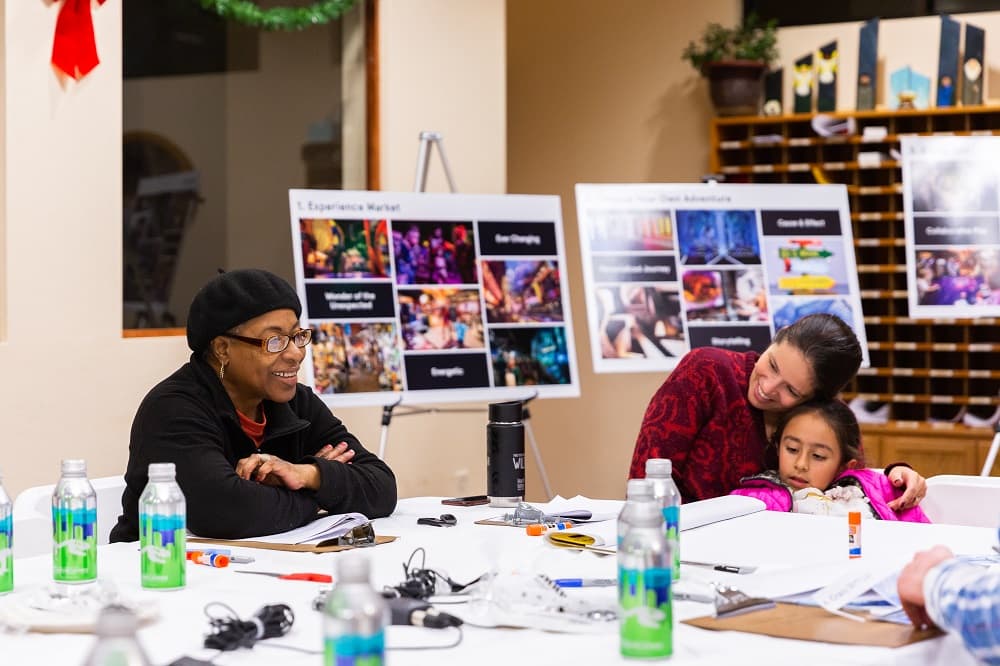
The community outreach yielded ideas for two adjacent experiences: "Choose Your Adventure," and "Gems & Minerals." Early designs show that the exhibit will be made up of lots of small rooms on the first floor. Each room will involve a separate "adventure." There'll also be a "hub" in the middle floor -- a central atrium where guests can meet up, have a snack and pick up bilingual guides for each adventure.
Choose Your Adventure will be an immersive exhibit that allows guests to reimagine the future by making choices and testing outcomes. It's a curiosity-driven experience that takes guests to environments like the deep sea and the human mind to participate in a choice-based narrative. They'll start in the hub, get directions to an exhibit room, and engage in a challenge or activity. They'll get to play with natural forces as they move from room to room, and then return to the hub to see how their choices impacted the greater narrative. They can also go back and make different choices and see how the outcomes compare.
Gems & Minerals will be an adjacent experience -- one you can choose to engage with as part of Choose Your Adventure, or to enjoy separately. Guests will explore cavern-like, natural-looking chambers, peering through nooks and crannies and discovering hidden, naturally occurring, uncut gems and minerals. They'll be able to crawl through spaces, climb rope bridges, feel temperature change as they move through the caves, and pan for gold. The experience will feature educational materials about local mineral history and geology in Colorado. And don't worry -- Gems and Minerals will not replace the DMNS's popular Crystal Cave. They plan to keep it.
Denverites will have to wait a few years to see the new exhibit: Future First is currently in the early design phase. At this stage, the DMNS has locked down the adventure storylines and has a sense of what the aesthetics will look like. Next, they plan to hold some online focus groups for "truth checks" to make sure they got everything right, followed by an online survey that'll be open to all community members -- including you. Any Denverite interested in participating can contact Hernandez-Bravo.

